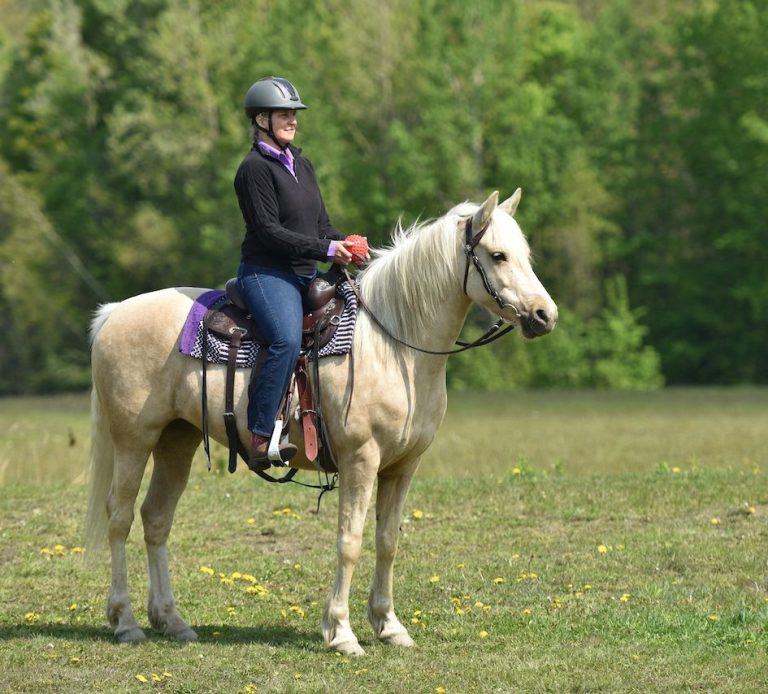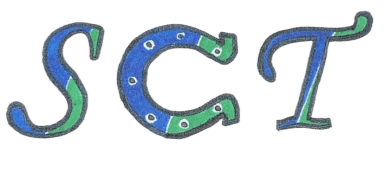Ask Joyce
Ask Joyce
What questions do you have for Joyce?
Please email Joyce at: Stablecoretraing@gmail.com with your questions regarding rider fitness & core training. Here are the guidelines for your questions:
1. Send only one question per email.
2. Please include the state you live in.
3. Do not send photos or videos
4. I will choose 1 question a month to highlight and post the answer on my website.

Some suggestions of types of questions you can ask Joyce:
What can I do to lighten my seat?
How do I sit up straight without looking stiff?
What can I do about a heavy right seat bone?
How do I straighten out a left C curve?
What is the proper way to move with my horse?
Can you give me tips to help with my posting?
I am long through my waist and struggle with my stability. Can I do any mounted exercises to help this challenge?
Question on Horse & Rider Asymmetry
Dynamic State Of Being
I've been thinking about asymmetry lately and though I think it's a dynamic state
- meaning we strive to come as close as possible to obtaining perfection
in it and keeping it. I think it is always changing. For both the horse
and the rider.
Body Condition
I am curious in your opinion having worked with many clients. I think
that many people are more apt to work - have body work, vet care, etc...
on their horse than to make adjustments to themselves. Especially with
going to the chiropractor, massage therapist, keeping up with exercises
- etc... Do you think the horses keep their body condition better after
being seen by a professional, or do humans? Do you think there is a
happy medium? Do you notice a correlation of alignment and better rides
when both horse and rider are working or being worked on to make the
needed changes.
Is there an ideal coming together?
Thanks,
Sue, VT

Joyce's Answer
Hey Sue,
I am delighted by the nature of your questions! I could tell that you were trying to process how asymmetry affects both horse and human... and if it's truly possible to counteract it. GREAT questions!
In my experience the horses and riders that do best to sort out their asymmetries and work with them in a way that doesn't drag the other down...are the ones who do the homework of supportive ground exercises that strengthen and balance their myofascial chains. There is an art and a science to it! There is no magical one way road to do this. It is VERY individual based upon the nature of the asymmetries AND the personality/emotional nature of horse and rider. So yes, body work and supportive exercises can be extremely helpful, but they can't erase asymmetries. That is simply impossible. They work to align, strengthen, stabilize, and supple. And those improvements help horse and rider cope substantially with their own as well as the other's imbalances. In the end it's really about acceptance, tolerance, and learning how to take the country road around the issues instead of using the interstate to meet them head on. You sort of melt into success, like 2 metals melting together. It's not about changing your horse OR yourself. Typically a rider meets with the most success when they do little or nothing (think softness (like a wisp of cotton or 2 fluids mixing together) instead of forcing the issue (think hardness like a rock).
Exercise and body work
Our bodies shift and change, particularly as we work to strengthen and supple them. So bodyworkers for both horses and humans have amazing job security! But yes, the results are best when both horse and humans get the body work plus do their exercises.
Thanks for a great question,
Joyce

Core Muscle Group
Are the lower back and seat stabilizers for the core or do they essentially stabilize the core?
They are part of the deep core myofascia, but remember that all muscles have multiple roles. That means no muscle is going to work by stabilizing 100 per cent of the time! Stabilizing may be its primary role, but it may well function a bit for movement in certain circumstances. Likewise, your core has a dual role of stabilizing and mobilizing. Different parts of the core work in concert with each other.
What muscles do you consider as the core?
Everyone has their own definition of the human core. When I refer to it I am talking about the deepest core myofascia. It is a central slice of muscles, fascia, bones, and organs in the vicinity of the spine. Many people assume that the spine is in your back line. But it is not. The bones you feel if you reach your hand around to your back are just bony projections of the spine. The main parts of the spine run much deeper and more towards the center of your body. The deep core includes myofascia from your tongue, jaw, and face down into the arches of each foot... and a central slice of what lies in between those points. It is similar to what an apple corer would pull up for the central slice of an apple.
Does the way we breathe effect how the core works with the motion of the horse.
YES, this is huge!!! For example the rider's seat bones drift separate laterally more on our inhales and they come closer to each other on the exhales. This rhythmic pulsing action is an invitation to a horse to lift his back up under the rider's seat. You want to encourage this for good horse movement! If you want a smooth transition and you know the rhythm of your horse's gaits you can begin to breathe in the rhythm of the gait desired, and your horse will entrain with that. Then you are more apt to get a smooth transition to the desired gait. Please give this a try and let me know how it goes!
We need your consent to load the translations
We use a third-party service to translate the website content that may collect data about your activity. Please review the details in the privacy policy and accept the service to view the translations.
